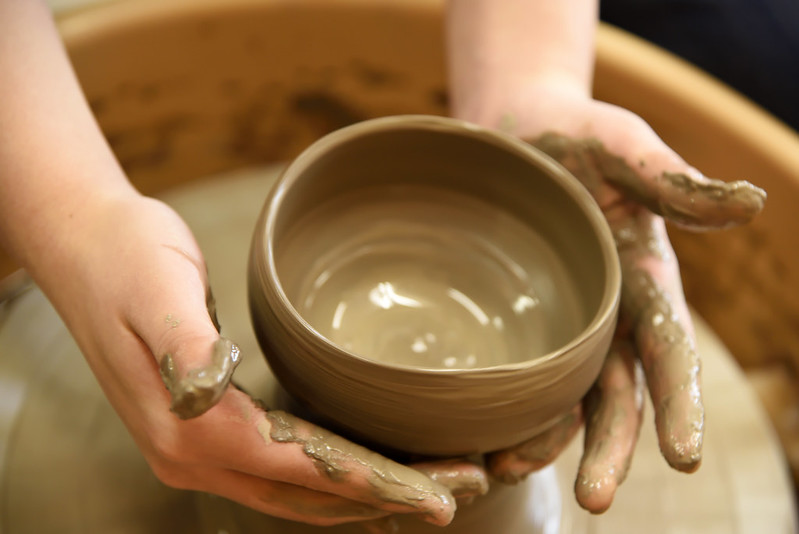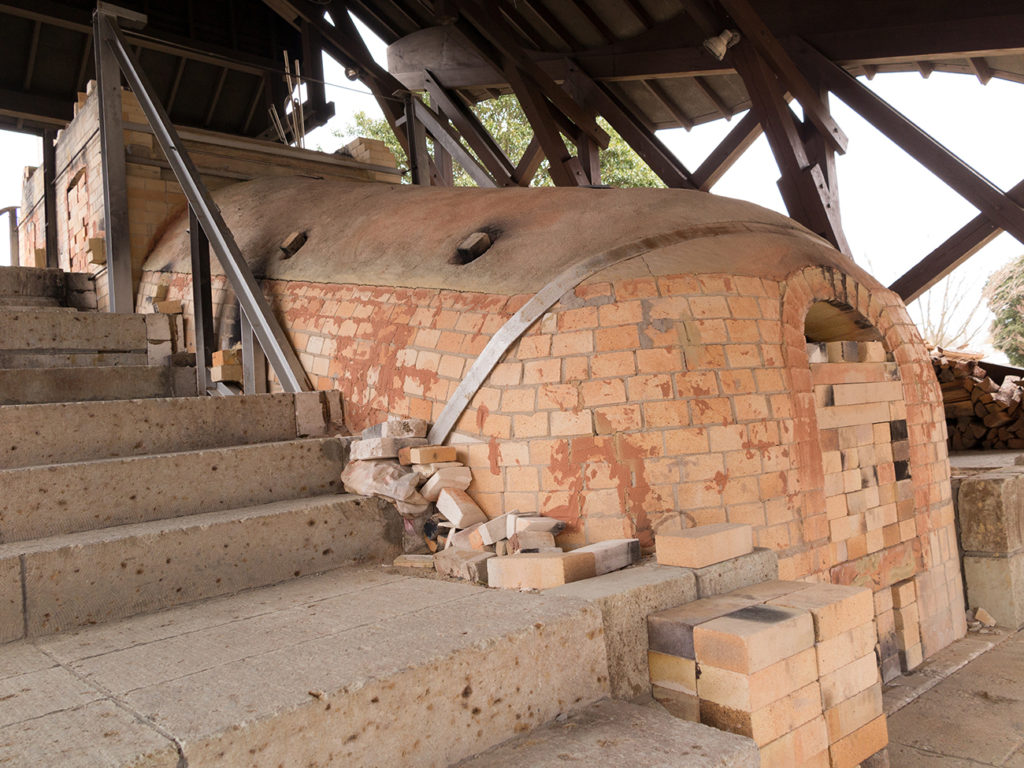
Traditional Japanese Pottery: Kasama Ware
Kasama (笠間市 ) City in Ibaraki Prefecture was variously known as a post-station town, a castle town during the Edo Period from 1600 to 1868, then a shrine town of the Kasama Inari Shrine during the Meiji Period (1868–1912.) Kasama literally means “within the straw hat.” The city is surrounded by mountains and is said to resemble an upside down straw hat. The center of Kasama is also connected to many smaller towns, like the center point of a straw hat that is supported by its brim, hence the city name. Kasama is also known for stone quarrying, producing one of Japan’s most popular pottery pieces, Kasama Ware, or kasama-yaki (笠間焼き). Kasama Ware has a distinctive reddish-brown color with a black glaze and is only made by very few kilns nowadays.
Kasama pottery kiln.
Kasama Ware can be traced back to the Anei Period (1772–1281) when a man from Hakoda named Kuno Hanemon built a climbing kiln with another potter named Choemon, from Shigaraki. Hanemon’s son-in-law continued his legacy by producing tableware. Pottery was an alternative source for income aside from agriculture, which was heavily dependent on the weather.
Kasama Ware’s style during the Edo period was heavily influenced by Shigaraki pottery. The Meiji Era saw many state-owned kilns turn into privately owned kilns, as well as the spread of demand all over Japan. Kasama Ware is made with different types of clay with granite fragments as its main ingredient. They contain high amounts of iron, are rich in plasticity, and after firing, they turn brown.
Kasama produced a wide range of pottery for general household use and after the Meiji restoration, Kasama Ware became popular for its kitchen containers.The end of World War II brought about the advent of the more practical and modern plastic containers which made Kasama Ware almost obsolete. The craft was later revived by the locals of Kasama City. Kasama Ware not only comes in common household items but also as beautiful decorative art works. Each piece is carefully crafted by a master potter and the more modern versions of Kasama ware are made in various styles and color. Kasama ware was designated as a traditional craft in 1992, and is known for its exceptional style and quality that remains a proud artistic heritage of Japan.
Video clip of Kasama Ware by IBAKIRA TV:
For more posts about Japanese pottery, visit:
Timeless Bizen Ware: One of Japan’s Popular Forms of Pottery
